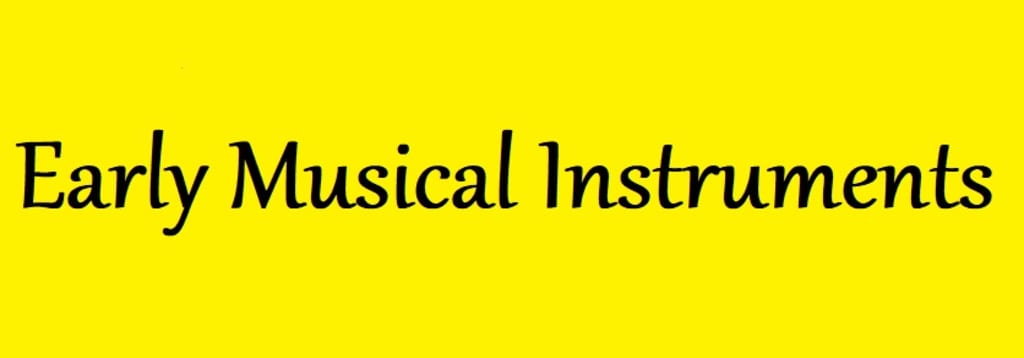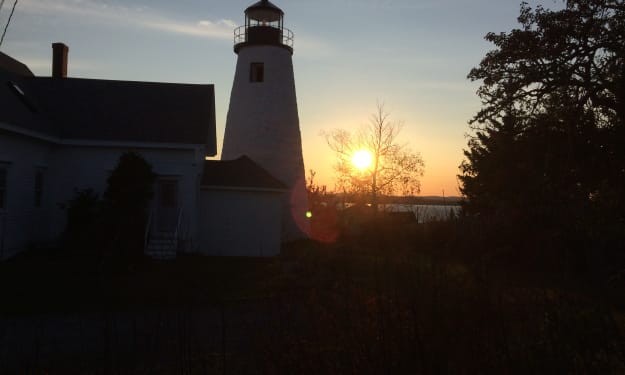Crumhorns, Shawms, Curtals and Racketts
Early reed instruments

What should I do as my first foray into Vocal? Well, every writing tutor says "Write what you know", so...
Let's start with the first reed instrument... Who among us has never held a piece of grass between our thumbs and produced a tone? The next stage would have been to cut a single reed in a piece of bamboo or hollow pipe. Add some finger holes and you have the proto reed instrument which produced so many variations over the centuries.
I'm going to restrict my essay to the period from the 11th century to the 16th century.
A little bit of background regarding reeds. There are two types of reed, single and double. The difference is that the single reed vibrates against the body of the instrument to make the tone and a double reed has two parts which vibrate against each other.
Single reeds were never as popular during the period I'm discussing apart from the Chalumeau, the fore runner of the clarinet. The other use for single reeds were used in bagpipes for the drones.
The fun stuff was all about the the double reeds.
The Shawm, the forerunner of the modern oboe, is a loud instrument which was brought to the west with the returning crusaders. The popularity of the instrument is supported by the the number of types of Shawm found all over Europe. The French Bombarde,the Italian Tiple, the Turkish Zurna. The Indian Shenai and the Chinese Sona are examples from further afield.
During the renaissance, Shawms were built in range of pitches from Soprano down to Bass. Their volume made them a favourite with the town bands.
Deriving from the Shawms, we have the Dulcians or Curtals, which were the fore runners of the modern bassoon. The advantage of the Dulcian is that since they were effectively a Shawm bent in half, the instruments were easier to hold and became more expressive. The two names Dulcian, suggesting sweetness and Curtal which relates to being cut or chopped tell the story of the instrument.
Renaissance instrument makers took the bending of the tube led to the creation of the Rackett. This instrument had nine parallel tubes which allows very deep notes to be played on an instrument no more than a foot high.
All these instruments so far have used a reed which is indirect contact with the lips. The following instruments belong to the wind caps.
Wind caps are a cover which encloses the reed and has a hole in the top of the cover which allows the player to control the reed by breath pressure alone.
Perhaps the best known wind cap instrument is the Crumhorn. The name derives from the German for "bent" since the instrument has a pronounced curve at the end of the tube. Crumhorns are loud and require great control over intonation to play them. They were made in the full pitch range of Soprano down to Great Bass. As is normally the case with wind caps, it is impossible to overblow them to the second octave so they have a range of just over an octave.
The Cornemuse is a straight and quieter version of the Crumhorn. It blends well with quieter instruments like recorders or flutes.
The Kortholt was another instrument with parallel bores which extends the range down.
There was a wind cap Shawm called a Rauschpfeife. Like the Shawm, it was a loud instrument. It was unusual for a wind cap insofar as it was able to be overblown.
The bagpipes were hugely popular during this period. Originating from the the bladder pipe, bagpipes travelled across Europe and became the perfect one man band. The Spanish Gaita, the Italian Zampogna, The Breton Biniou Koz, the Scottish Highland Pipes. Their volume was ideal for the town bands.
I hope you've enjoyed reading my essay. If enough people are interested I'll do early music bowed strings, plucked strings, flutes, brass, keyboards and percussion.





Comments
There are no comments for this story
Be the first to respond and start the conversation.